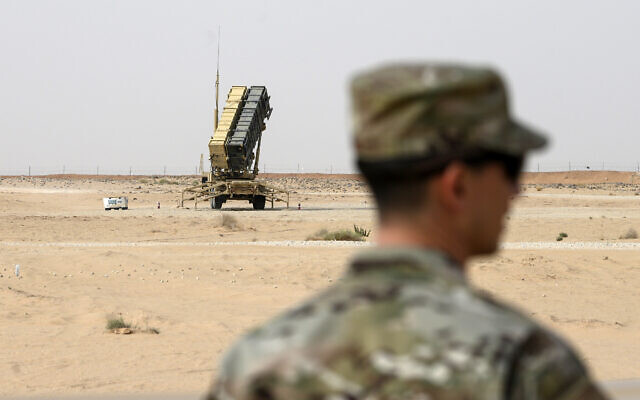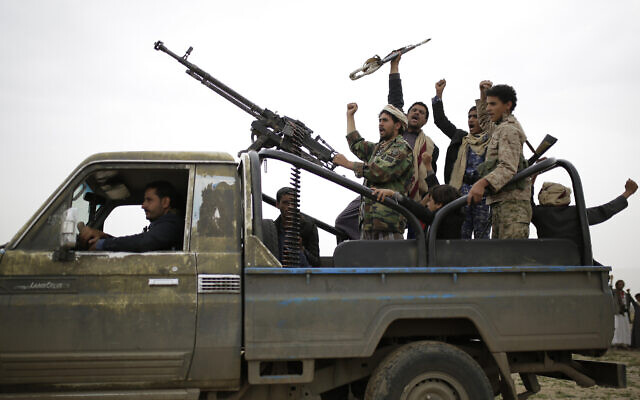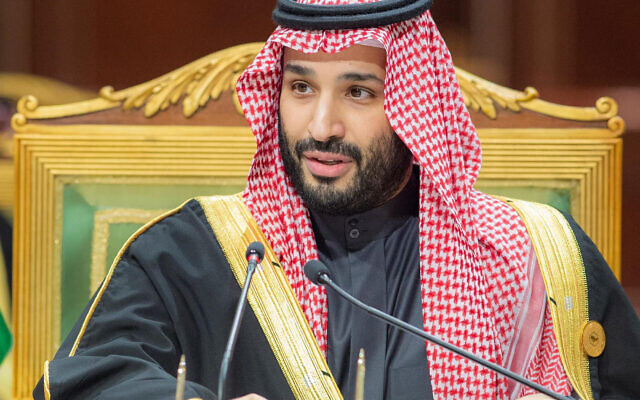
FM Lavrov: US and its allies continue to aggressively impose on others the so-called “rules-based world order”. What this “order” means for human rights can be seen today in Ukraine.
TeleSUR
Published 19 March 2022
Russian Foreign Minister Sergey Lavrov said he is open to negotiations with the West as long as they are based on mutual respect.
Russian Foreign Minister Sergey Lavrov said Friday that his country and the international community will not accept a "global village" led by the United States (U.S.).
In an interview granted to national media, Lavrov affirmed that: “there are actors who will never accept the existence of a global village led by an American sheriff”.
In this sense, he ratified that countries such as China, India, Brazil, or Mexico are opposed to unilateralism.
At the same time, he emphasized that “the U.S. seeks to create a global village”, and he explained this on the basis of the dependence on Washington shown by the North Atlantic Treaty Organization (NATO) and the European Union (EU).
However, he affirmed that Russia is ready for a negotiation process based on mutual respect. In this regard, he said: “As always, we are open to cooperation with all those who are ready to do so on the basis of equality, mutual respect, the search for a balance of interests.”
He added that Russia does not close "the door before the West, it is they who do it. But when they realize [what they have done], when the door reopens, we will analyze the cooperation projects they offer us, but bearing in mind that they are not reliable long-term partners."
Similarly, he addressed the issue of the unilateral restrictive measures imposed by the U.S. and the EU; and assured that they are aimed at "marginalizing and containing Russia." However, he asserted that they have not had any effect and, on the contrary, "they have always only strengthened us".
The top representative of the Russian diplomacy said that "Western partners tried to turn Ukraine into an anti-Russia by means of different tools".
At the same time he referred to the Western military assistance to Kiev, and reiterated: "We have made it clear that any cargo entering the territory of Ukraine, which we believe to be carrying weapons, will become a legitimate target".
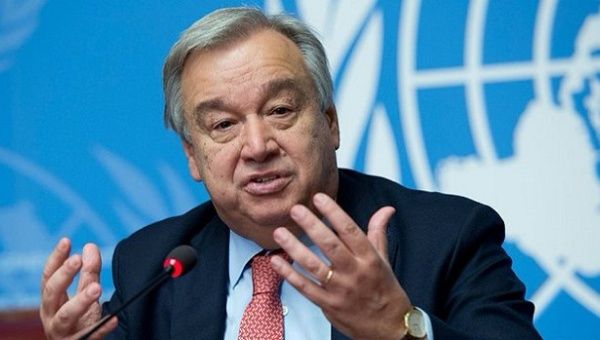




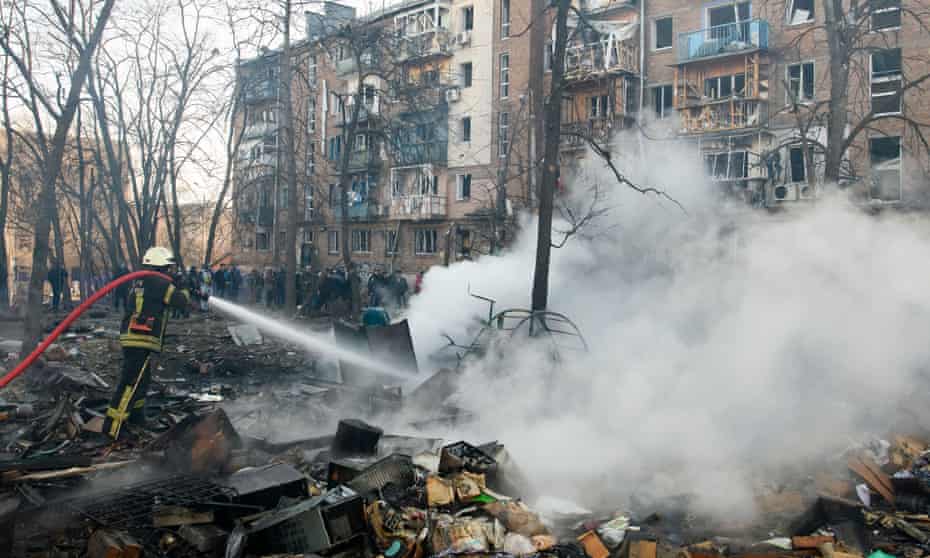

:quality(70)/cloudfront-eu-central-1.images.arcpublishing.com/thenational/RD6YICMXJD53C4Q24V7CTKWTB4.jpg)
:quality(70)/s3.amazonaws.com/arc-authors/thenational/2dabe697-a159-40e3-b39d-5b8a2ec03127.png)
